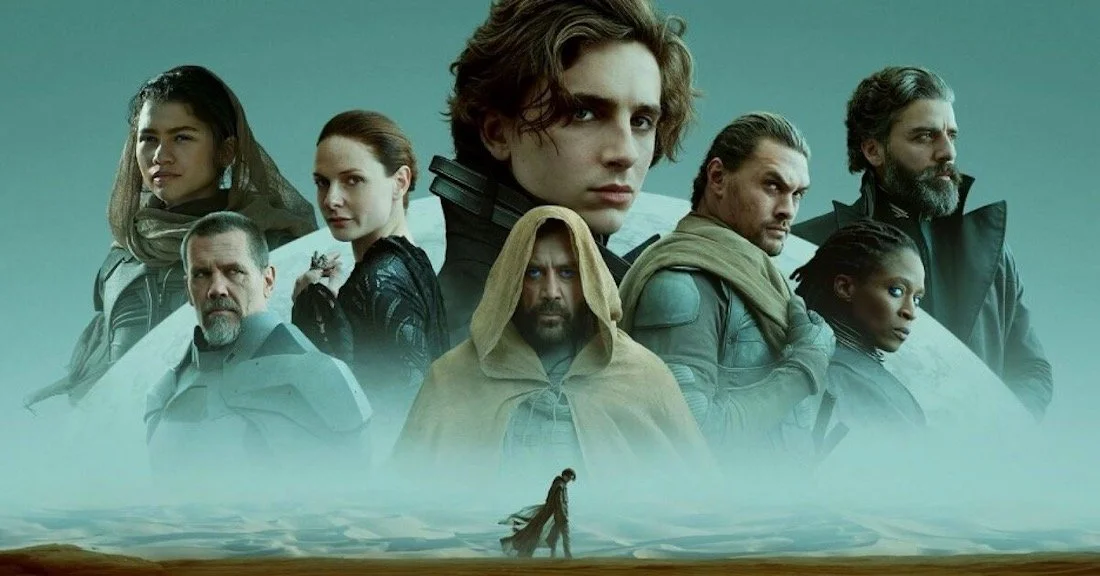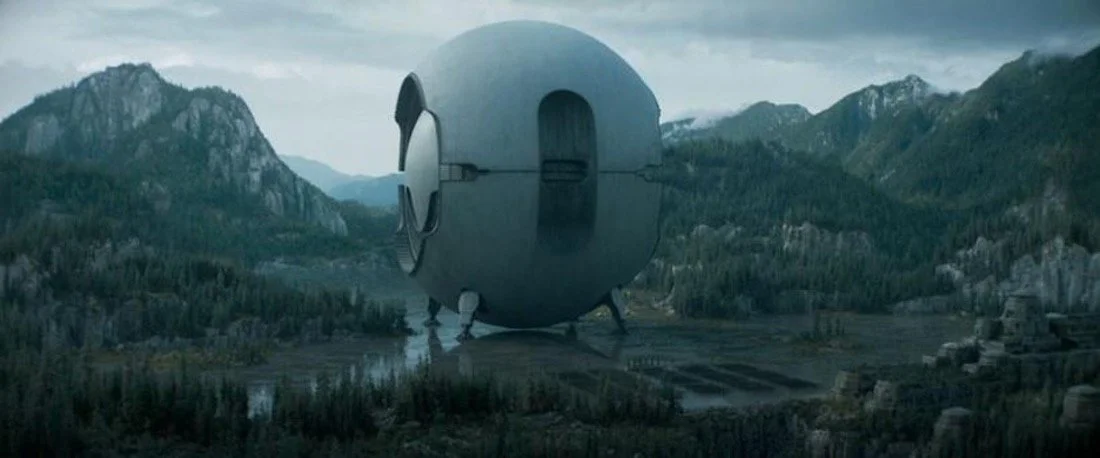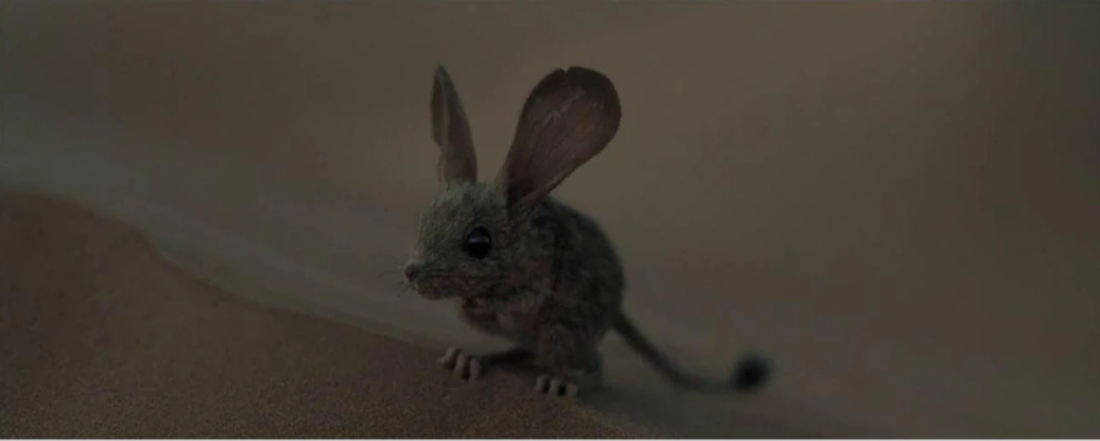LISTMAS—Top 5 Things in Denis Villeneuve’s DUNE
For a while, I doubted whether 2021’s DUNE would even come out. With delays and my battle with a serious illness, It felt like a miracle to finally see this thing. And I am obsessed. With over a dozen rewatches, It’s safe to say it’s one of my favourite films. Now that we have confirmation for DUNE: PART TWO (they just finished filming!) I can finally relax. We made it, fellow spiceheads!
Villeneuve is a huge Dune fan himself, and it shows. Every aspect of this film is carefully thought out and detailed, with the crew referencing the book constantly. It’s a passion project in the best sense—and getting a shitton of Oscars doesn’t hurt!
Thufir and His Parasol
While he didn’t receive nearly as much screen time as his 1984 counterpart, Thufir might be my favourite character in DUNE (2021). He’s the Atreides Mentat—their human-computer—and the way Villeneuve chose to show this is brilliant and simple. When Thufir does calculations, his eyes roll back, leaving them ghostly white for a moment. It’s an otherworldly sight and a fun “hold on lemme check real quick” technique.
My other favourite thing about Thufir is this silly parasol. It was a happy accident. Actor McKinley Henderson was sweating in the Budapest heat when someone handed him this parasol to cool off, not intending for it to appear in the film. Villeneuve walked up, went “wow I love that” and put it in the scene. It adds a layer of cuteness and breaks up the military uniforms and seriousness of the scene
The Imperial Ship
I consider this the first moment of the film where you truly get a sense of scale. The previous scenes (aside from the introduction on Arrakis) are very small, focused on Paul on his room or training. The Emperor Of The Known Universe—who will be played by Christopher Walken in PART TWO—sends this ship with an envoy, The Herald of The Change. It’s meant to be impressive, to show the power and wealth of the Golden Lion Throne. You can plainly see how massive it is compared to the troops awaiting it. The sound design adds to this, with deep rumbles and awe-inspiring vocals. Plus it’s just a nice shape. I want a figure of it.
Muad’dib
The desert mouse of Arrakis, also known as Muad’dib, plays an important role in Paul’s journey. So when one appeared in the film, I was so excited! It establishes up his connection with the rodent, who was seen as a hologram for a brief moment but now, in the flesh, we can observe how it survives. Sweat forms in the ears, which run down and can be collected. It goes to show even the tiniest creatures can live here with adaptations. Paul will later rename himself Paul-Maud’dib to reflect this. I also think to name yourself after a mouse is a humbling gesture.
The Sandworms
On the opposite end of the spectrum, and another example of scale, are the iconic sandworms. The moment when one approaches and destroys a spice harvester (seen above) is in my opinion, the best part of the film. Nothing can stand up to these creatures, who the native Freman worship as God. Their mouths are full of a baleen-like filament, which breaks off from time to time and are made into sacred knives. They feed by combing the desert like a whale, and behave in a similar manner to their aquatic counterparts. When fully open, they also resemble an eye—an image used throughout the books. I love that the crew created what they call the “gunk-gunk” noise: a vibration that the worms make to communicate. These are not monsters but animals with defined behaviors.
Languages
DUNE takes place tens of thousands of years in the future, so language has changed drastically from our time. To help showcase this, the crew brought on David J. Peterson, a well-renowned language creator who has previously worked on both Game Of Thrones and The Witcher. He created four linguistic systems for DUNE—two spoken and two signed—as well as a writing system. While only key phrases needed to be set down to get the general vibe and sound, PETERSON is extremely thorough and you can even look through his notes on his website. The books are well known for their bastardized Arabic, so those words are there, along with new additions to flesh it out. I find the sign language particularly fascinating, as it’s designed to be spoken with one hand—because you might be holding a sword, or trying to be sneaky. These extra details really enrich the world.
Thanks for coming along with me as I go through DUNE, both the 2021 version here and David Lynch’s 1984 adaptation here. It’s one of my major obsessions and I’m so happy we are getting new media set in this world. Hopefully I’ll see you back here for PART TWO!








